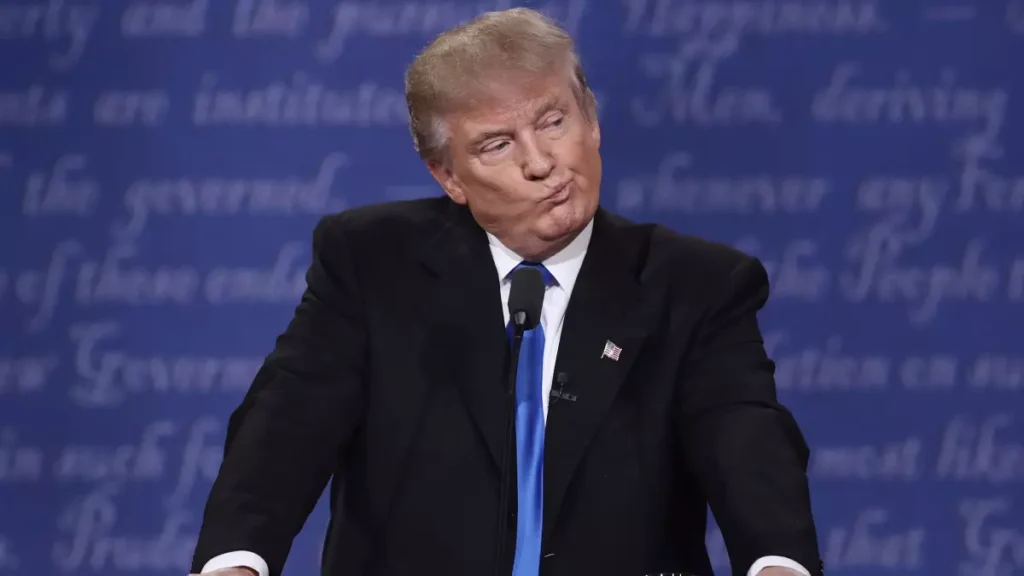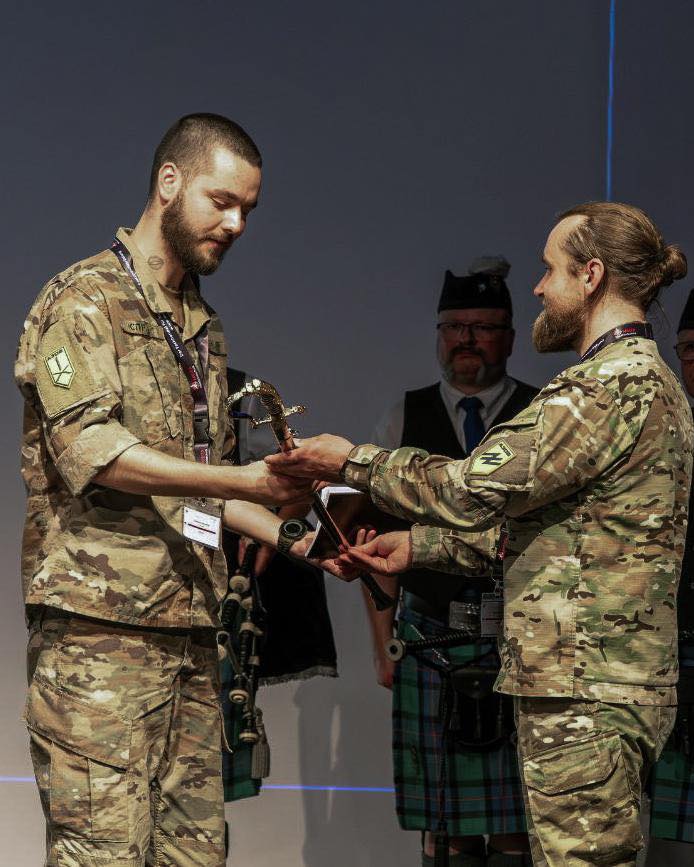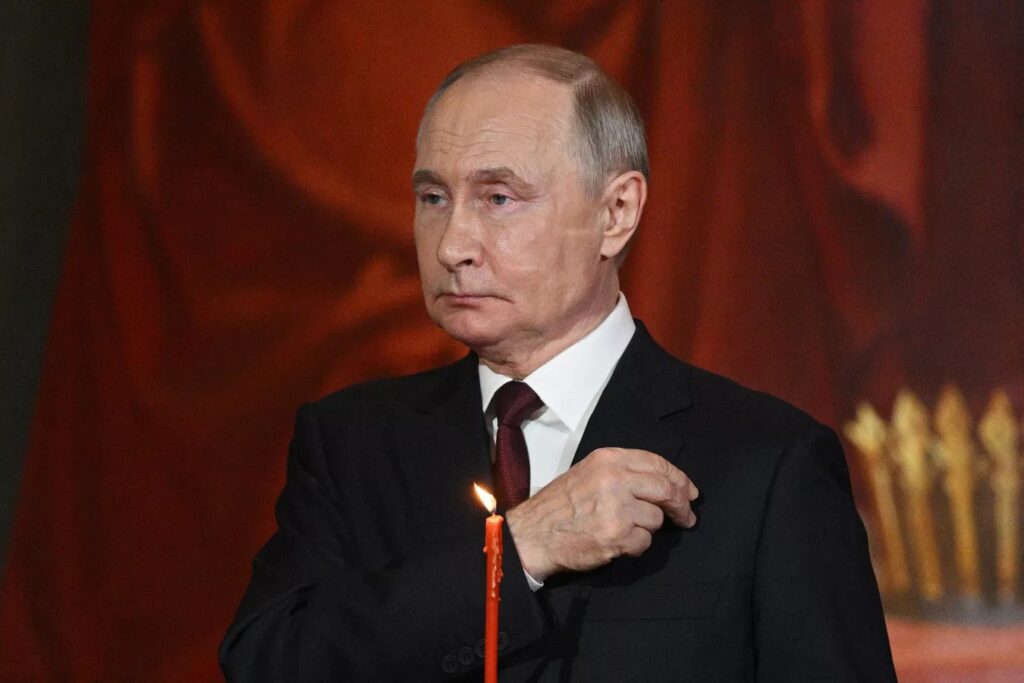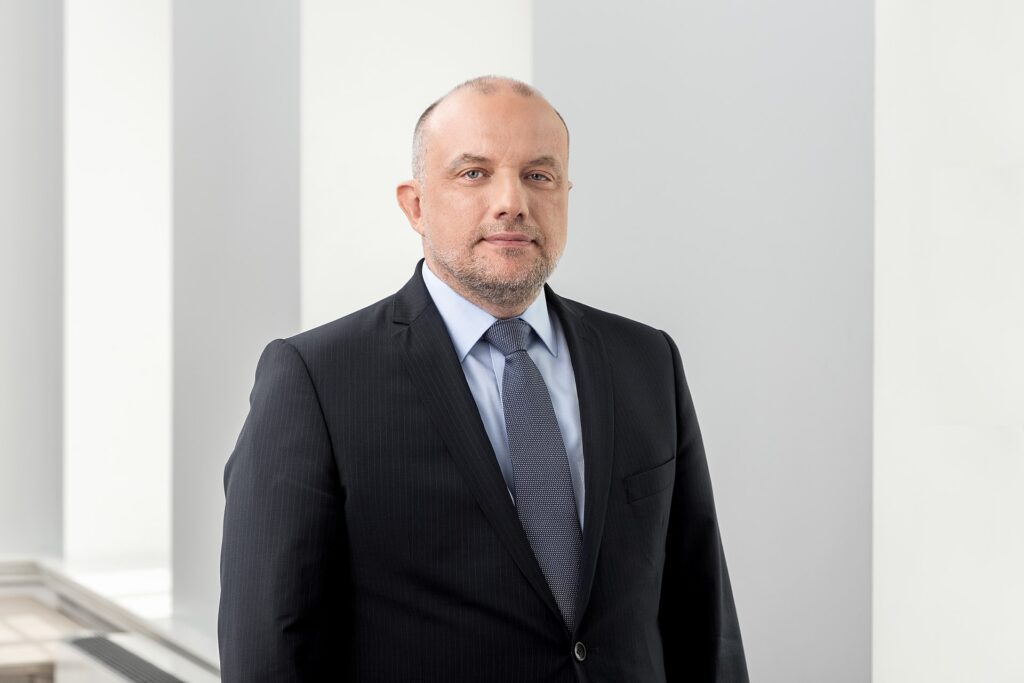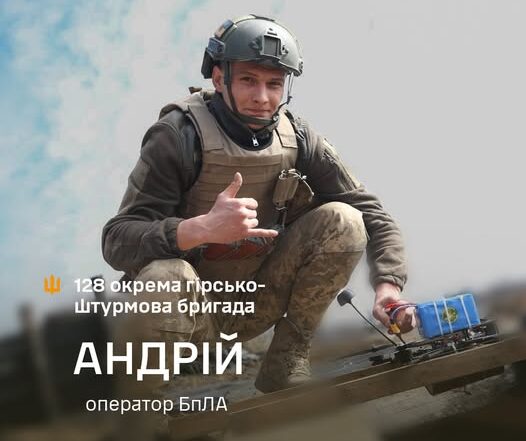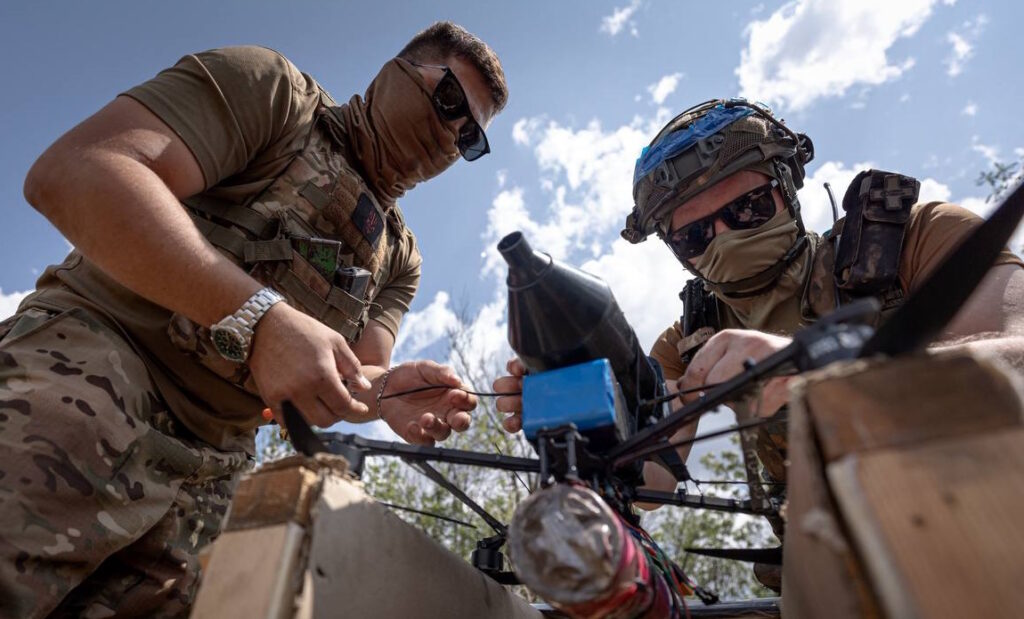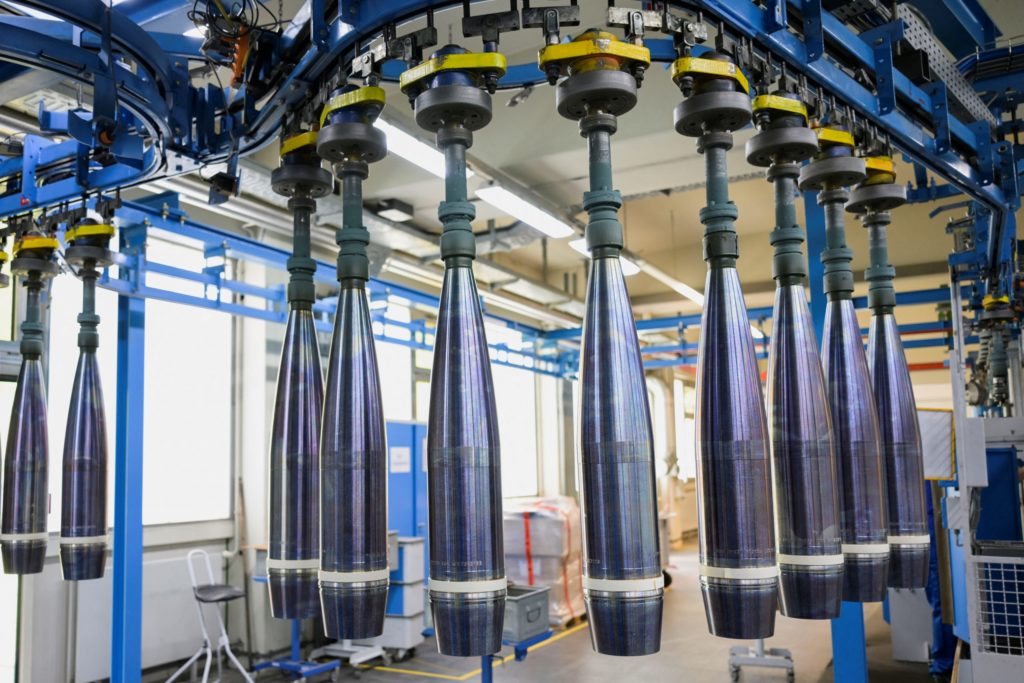Last week, Ukrainian president Volodymyr Zelensky spoke to right wing influencer Ben Shapiro, founder of "The Daily Wire". The interview showed how much stock Zelensky puts in speaking to a MAGA and Republican audience. It is with this audience that Zelensky has little credibility and Ukraine little sympathy, as Donald Trump calls for a quick peace deal, even if it means Ukraine ceding vast swathes of territory to the Russian aggressor. Zelensky needs Shapiro to combat conservative apathy about the fate of Ukraine, and combat its admiration and respect for Putin as a supposed bastion of traditional values and religious belief.
Two questions into the interview, Shapiro confronts Zelensky with a conservative talking point. Is Ukraine persecuting members of the Russian Orthodox Church? It is a view that is frequently aired in Christian conservative circles in the United States. Just two months ago, Tucker Carlson interviewed Robert Amsterdam, a lawyer representing the Ukrainian Orthodox Church. Amsterdam alleged that USAID, or some other U.S. government-sponsored organization, created an alternative orthodox church "that would be completely free of what they viewed as the dangerous Putin influence." This, Amsterdam said, is a violation of the U.S. commitment to religious freedom. Trump-supporting talking heads have frequently described Ukraine as killing Christians, while Vladimir Putin is described as a defender of traditional Christian values.
On April 22, Putin met with the Patriarch of the Serbian Orthodox Church and Patriarch Kirill, his Russian counterpart. The Serbian Patriarch told the Russian president that when he met with the Patriarch of Jerusalem, the latter said "we, the Orthodox, have one trump card... Vladimir Putin." It was the Serbian Orthodox Church's desire, the Patriarch said, that "if there is a new geopolitical division, we should be... in the Russian world." It is Orthodoxy's perceived political, rather than purely spiritual, link to Russia that the Ukrainian parliament was hoping to sever in August last year by passing legislation to ban religious groups with links to Moscow.
The Russian orthodox church, which is almost fully under Kremlin’s control, is one of Moscow’s most potent tools for interfering in the domestic affairs of post-Soviet countries. Its ties to Russian intelligence are well-documented and run deep. Patriarch Kirill, head of the Russian Orthodox Church, spent the 1970s spying for the KGB in Switzerland. Today, he blesses Russian weapons and soldiers before they’re deployed to Ukraine.
While Christian conservatives in the U.S. accuse Ukraine of violating religious freedoms and "killing" Christians, Zelensky says that it is, in fact, Russian forces that are persecuting Ukrainian Christians. On Easter, Zelensky said 67 clergymen had been "killed or tortured by Russian occupiers" and over 600 Christian religious sites destroyed. I spoke to the Emmy-winning journalist Simon Ostrovsky who said Russia targets Christian denominations.
"If we're talking about an evangelical church," he told me, "then the members of the church will be accused of being American spies. And if we're talking about the Ukrainian Catholic Church, they'll consider it to be a Nazi Church.” But, Ostrovsky added, "Russians have been able to communicate a lot more effectively than Ukraine, particularly to the right in the United States. Russia has been able to. make the case that it is in fact the Ukrainians who are suppressing freedom of religion in Ukraine and not the Russians, which is absurd."
Back in 2013, Pat Buchanan, an influential commentator and former Reagan staffer, asked if Putin was "one of us." That is, a U.S.-style conservative taking up arms in the "culture war for mankind's future". It is a perception Putin has successfully exploited, able to position himself as the lone bulwark against Western and "globalist" decadence. Now with Trump in the White House, propelled there by Christian conservative support, which has stayed steadfastly loyal to the president even as other conservatives question policies such as tariffs and deportations without due process. With the Christian right as Trump's chief constituency, how can he negotiate with Putin free of their natural affinity for the president not just of Russia but arguably traditional Christianity?
The battle over religious freedom in Ukraine is not just a local concern – it’s a global information war, where narratives crafted in Moscow find eager amplifiers among U.S. Christian conservatives. By painting Ukraine as a persecutor of Christians and positioning Russia as the last defender of “traditional values,” the Kremlin has successfully exported its cultural propaganda to the West. This has already had real-world consequences: shaping U.S. policy debates, undermining support for Ukraine, and helping authoritarian leaders forge alliances across borders. The case of Ukraine shows how religious identity can be weaponized as a tool of soft power, blurring the line between faith and geopolitics, and revealing how easily domestic debates can be hijacked for foreign influence. In a world where the persecutors pose as the persecuted, understanding how narratives are manipulated is essential to defending both democracy and genuine religious freedom.
A version of this story was published in this week’s Coda Currents newsletter. Sign up here.
The post The Christian right’s persecution complex appeared first on Coda Story.
